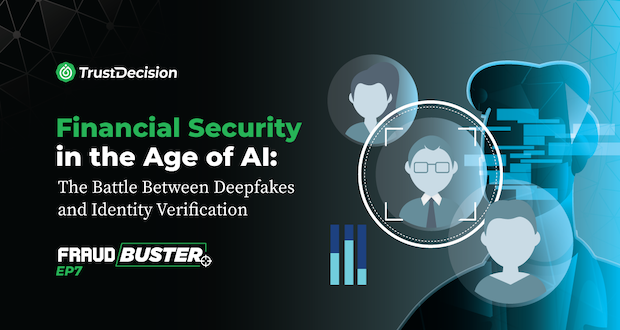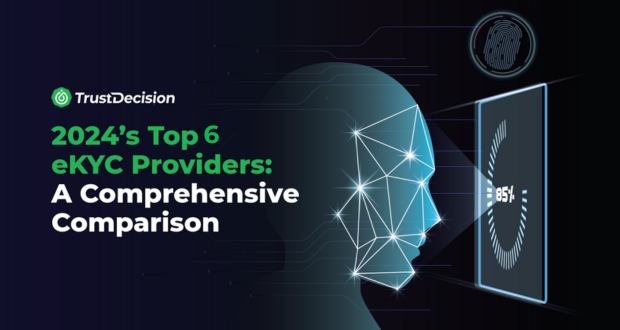Introduction
Social media profiling fraud is a pervasive threat that affects both individuals and businesses. As the digital landscape evolves, so do the tactics employed by fraudsters. In this article, we explore the concept of social media profiling fraud, its implications, and how Artificial Intelligence Generated Content (AIGC) plays a critical role in addressing this escalating trend.
Definition of Social Media Profiling Fraud
Social media profiling fraud involves the unauthorized collection and exploitation of personal information from social media profiles. Fraudsters leverage publicly available data to create detailed profiles, which can then be misused for various purposes. These profiles may contain sensitive information, including personal preferences, behavioral patterns, and even financial details.
Implications of Social Media Profiling Fraud
The impact of social media profiling fraud extends beyond individual privacy concerns. Businesses face significant risks:
- Reputation Damage: Individuals may suffer reputational harm if their personal information is misused. For businesses, negative publicity resulting from data breaches can tarnish their brand image and erode customer trust.
- Financial Losses: Fraudsters exploit social media profiles to commit financial crimes, such as identity theft, credit card fraud, or unauthorized transactions. Businesses may incur financial losses due to fraudulent activities targeting their customers.
- Legal and Regulatory Risks: Compliance with data protection laws (such as GDPR) is essential. Failure to safeguard customer data can lead to legal penalties and damage a company’s standing.
Understanding Social Media Profiling Fraud
How Publicly Available Information Contributes to Profiling
Social media platforms encourage users to share personal details voluntarily. Information such as birthdates, locations, interests, and connections is readily accessible. Fraudsters aggregate this data to build comprehensive profiles, enabling them to exploit vulnerabilities.
Target Identification and Its Impact
- Individuals: Fraudsters use social media profiles to identify potential targets. High-net-worth individuals, executives, and celebrities are particularly vulnerable. Once identified, these individuals become targets for phishing attacks, scams, or physical threats.
- Businesses: Profiling extends to businesses. Competitors may analyze executives’ profiles to gain insights into strategies, partnerships, and vulnerabilities. This information can be exploited for corporate espionage or competitive advantage.
The Role of AIGC in Social Media Profiling Fraud
Definition of AIGC
Artificial Intelligence Generated Content (AIGC) refers to content created by AI algorithms, often indistinguishable from human-generated content. These algorithms analyze patterns, learn from existing data, and generate text, images, or other media. AIGC can produce realistic content, making it a powerful tool for both legitimate purposes and malicious activities.
How AIGC Is Exploited for Deception
In the hands of manipulators, AIGC is used to manufacture convincing fake profiles on social media platforms. By automating the content creation process, fraudsters can produce a vast number of fake profiles quickly, scaling their malicious activities with relative ease. The detailed profiles, complete with life-like images, posts, and comments generated by AIGC, seem genuine and can be used to deceive unsuspecting users or businesses.
Moreover, AIGC could be used to generate content for fake news or phishing messages. In a report by the New York Times, an AI system created by OpenAI was used to write an article that was published without any human intervention, raising concerns about the potential spread of fake news through AI. Phishing messages, too, have become more sophisticated with AI, with AIGC creating personalized and convincing phishing emails or messages that fool people into revealing sensitive data.
Examples of AIGC-Generated Content
- Fake Social Media Profiles: Fraudsters use AIGC to create realistic profiles. These profiles engage with real users, gather information, and potentially carry out scams or identity theft.
- Automated Comments and Reviews: AIGC generates comments, reviews, and endorsements on social media, e-commerce platforms, or review sites. These automated interactions can sway public perception or promote fraudulent products.
- Deepfake Videos and Images: AIGC creates deepfakes—realistic videos or images that manipulate faces, voices, or actions. Deepfakes can be used for disinformation, revenge, or even blackmail.
These examples highlight the dark side of AIGC - a stark reminder of how the benefits of AI can also be exploited for deceitful motives. Simultaneously, they emphasize the urgency of developing advanced digital identity protection mechanisms and refining social media fraud prevention strategies to combat AIGC fueled social media profiling fraud. As we continue to tap into the potential of AI, maintaining a delicate balance between leveraging its benefits and mitigating its potential misuse remains a key challenge.
Strategies for Mitigating AIGC-Related Social Media Profiling Fraud
As the threat of AIGC-related social media profiling fraud continues to grow, organizations must adopt proactive strategies to safeguard their digital ecosystems. Here are key approaches to mitigate these risks:
- Machine Learning Models for Detecting AIGC:
- Develop and deploy machine learning models specifically designed to identify AIGC-generated content. These models can analyze linguistic patterns, image metadata, and behavioral cues to flag suspicious profiles or posts at an early stage.
- Train the models using labeled datasets that include both legitimate and AIGC-generated content. Regular updates and fine-tuning are essential to keep pace with evolving AIGC techniques.
- Strengthening Network Security:
- Implement robust network security measures to prevent unauthorized access to sensitive data. Regular security audits, intrusion detection systems, and encryption protocols are critical.
- Educate employees about social engineering tactics and the risks associated with AIGC-generated phishing attacks. Vigilance and awareness play a crucial role in preventing breaches.
- Behavioral Analysis Techniques:
- Monitor user behavior on social media platforms. Look for anomalies such as sudden changes in posting frequency, unusual interactions, or suspicious account creation patterns.
- Behavioral analysis can help identify AIGC-generated profiles that deviate from typical human behavior.
- Content Verification Methods:
- Implement content verification tools that assess the authenticity of posts, images, and videos. These tools can flag potential AIGC-generated content.
- Encourage users to report suspicious profiles or posts. Crowdsourced reporting can aid in identifying fraudulent accounts.
- Collaboration with Social Media Platforms:
- Work closely with social media platforms to share threat intelligence and best practices. Platforms can enhance their algorithms to detect AIGC-generated content more effectively.
- Encourage platforms to verify user identities and validate profiles. Implementing stricter authentication processes can reduce the prevalence of fake accounts.
- KYC++: The Ultimate Identity Verification Suite:
- The KYC++ suite takes a holistic approach to identity verification, enhancing the digital onboarding process with multi-layered security, global coverage, and an effective anti-spoofing solution. Embedded in its framework is the advanced device check feature, designed to efficiently detect bot and junk registrations, as well as other anomalies related to device usage. This powerful feature strengthens its capability to detect AIGC and increases its Optical Character Recognition (OCR) accuracy to an impressive 95%.
- Additionally, the KYC++ suite offers seamless integration across various platforms and maintains strict compliance with privacy laws. With these robust features, KYC++ provides a formidable defense mechanism against social media profiling fraud. Leveraging technology and compliance with legal norms, businesses can now provide a secure digital environment for their users, thereby fostering trust and driving growth.
Conclusion
In the ever-evolving landscape of social media, staying informed and proactive is crucial. Business decision-makers and executives must recognize the risks posed by AIGC-related social media profiling fraud and take decisive steps to protect their organizations. By implementing robust fraud prevention strategies, organizations can safeguard their reputation, customer trust, and digital assets. Remember: vigilance today ensures security tomorrow.









.jpeg)




